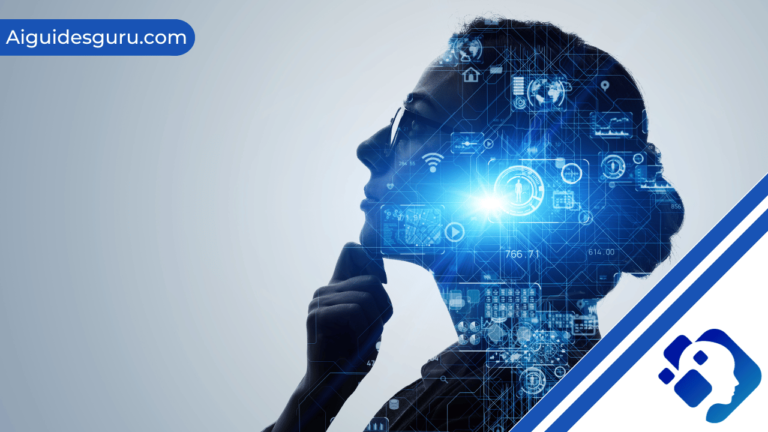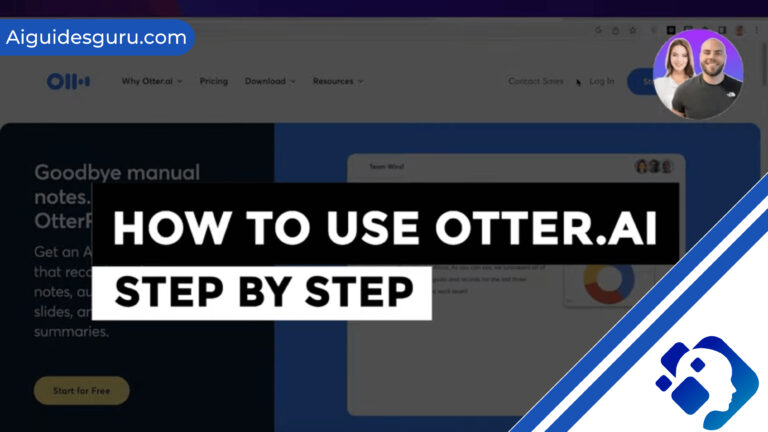GPT-3 Use Cases: Revolutionizing Industries with Advanced Language Models

Artificial Intelligence (AI) has been a hot topic in recent years, and OpenAI’s GPT-3 has emerged as a powerful and game-changing tool in this field. Released in 2020, GPT-3 use cases has quickly gained recognition for its ability to perform language tasks that were previously considered impossible for machines. This language model, with its 175 billion parameters, has opened up a world of possibilities for businesses across various industries.
What Makes GPT-3 Special?
Language is a complex and nuanced aspect of human communication, making it challenging for machines to fully understand and interpret. However, GPT-3 has made significant strides in bridging this gap. Unlike its predecessors, GPT-3 requires minimal human input and is the largest trained language model to date. It has demonstrated remarkable capabilities in tasks such as writing articles, generating stories, predicting sentence completions, and even solving puzzles.
While GPT-3 may not yet possess a complete understanding of language, it represents a significant step towards achieving human-like language comprehension.
GPT-3 Use Cases in Business
The applications of GPT-3 in the business world are diverse and promising. Let’s explore some of the most interesting and revolutionary use cases that have already begun to transform industries.

1. Relieving the Technical Debt of Legacy Code
Legacy code can be a significant burden for businesses, as it often leads to downtime and inefficiencies. Replit, a San Francisco-based startup, is leveraging GPT-3 to analyze and decipher legacy code. By providing plain and understandable explanations in English, GPT-3 helps developers navigate and understand complex codebases more efficiently. This capability allows developers to focus on creating dynamic online experiences and tools for consumers, rather than spending excessive time deciphering previous developers’ intentions.
2. Turning Everyone into a Writer
Content creation is a crucial aspect of any business’s online presence. However, producing high-quality content at the speed demanded by consumers can be a challenge. GPT-3 is helping bridge this gap by assisting individuals in becoming better writers. Companies like OthersideAI are utilizing GPT-3’s natural language capabilities to provide writing suggestions and ideas, speeding up the writing process without sacrificing quality.
Additionally, GPT-3 is being integrated into email generation tools, enabling businesses to automatically generate well-written and personalized emails based on minimal input. This innovation allows companies to respond to customer inquiries promptly while maintaining a polite and professional tone.
3. Improving Search and Product Discovery
Enhancing the search and product discovery process is a constant challenge for businesses operating online. GPT-3 is revolutionizing this aspect by enabling search engines to understand the intent behind search terms, rather than relying solely on exact matches. This capability allows businesses to offer more personalized and relevant product suggestions, improving the overall customer experience. Instead of inundating customers with a large number of semi-related product images, GPT-3 narrows down the results to a handful of options that truly align with the customer’s needs and preferences.
4. Handling More Customer Service Conversations in Real Time
Customer service is a critical component of any business, but it can be challenging to manage effectively, especially with the increasing volume of customer inquiries across multiple channels. Startups like ActiveChat are leveraging GPT-3 to develop chatbots and conversational AI services that can handle a wide range of customer service conversations.
GPT-3’s ability to understand and respond to customer queries in real time, across multiple languages, allows businesses to provide immediate and accurate support. This capability not only improves customer satisfaction but also frees up human agents to focus on more complex and high-touch interactions.
These are just a few examples of how GPT-3 is revolutionizing various industries. Its ability to understand and generate human-like language opens up endless possibilities for businesses to streamline operations, enhance customer experiences, and drive innovation.
FAQs
1. Can GPT-3 replace human writers and content creators?
While GPT-3 shows great promise in generating written content, it is not yet capable of completely replacing human writers and content creators. GPT-3 can assist in generating ideas and providing suggestions, but human creativity, context, and judgment are still essential for producing high-quality and engaging content.
2. Is GPT-3 biased in its language generation?
GPT-3, like any language model, can exhibit biases present in the data it was trained on. OpenAI has made efforts to mitigate biases, but it is crucial for businesses and developers to be aware of this potential limitation and take steps to address and minimize biases in their applications of GPT-3.
3. How can businesses leverage GPT-3 in their operations?
Businesses can leverage GPT-3 by identifying areas where language processing and generation can enhance their operations. This could include automating customer service interactions, generating personalized recommendations, improving content creation processes, and enhancing search and product discovery. Integrating GPT-3 into existing systems and workflows can help businesses streamline their operations and provide better experiences for customers.
In conclusion, GPT-3’s advanced language capabilities have the potential to revolutionize businesses across various industries. By leveraging its natural language processing and generation capabilities, businesses can automate processes, improve customer interactions, and enhance their overall operations. As GPT-3 continues to evolve, we can expect even more innovative and exciting use cases to emerge, further transforming the way we communicate and interact with AI-powered systems.







